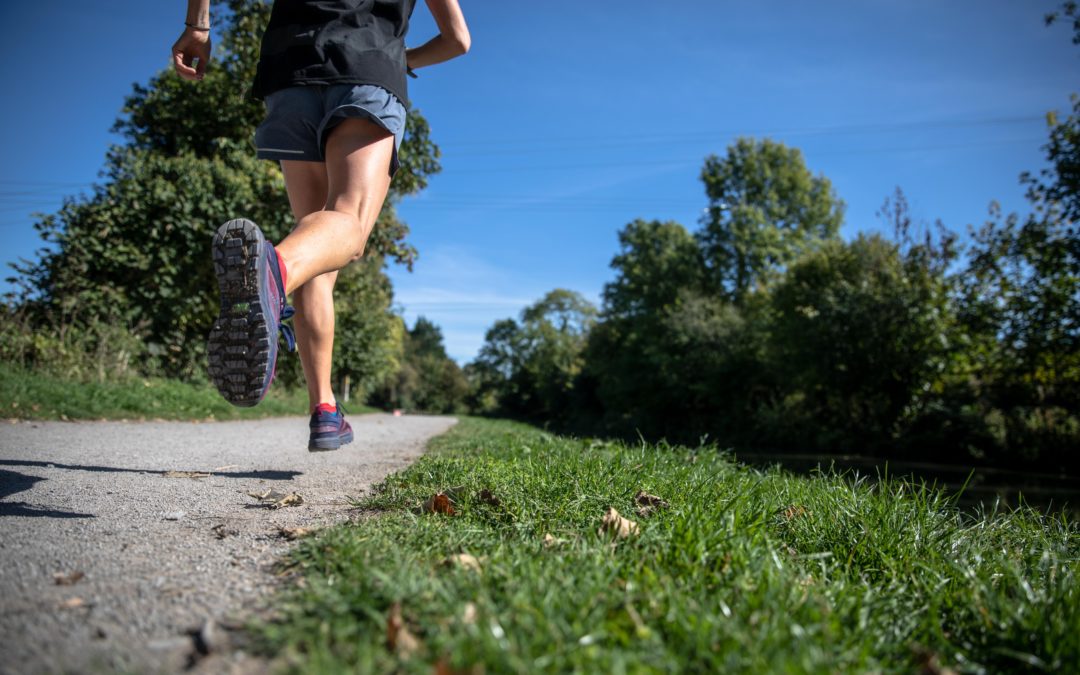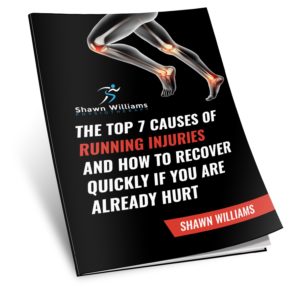Many runners I treat for injury will ask which running surface will reduce their
risk of injury. However, the answer is not so simple. Each common running
surface has its strengths and weaknesses. Below is a brief summary of the
common surfaces.
Synthetic Track
- Pros:
Uniform surface, decreases risk of tripping or slipping; Moderate surface
softness, relatively easy on joints and muscles - Cons:
Repeated curves increases strain on ankles, knees, and hips; Can get boring
when running long distances
Trails
- Pros:
Moderate surface softness, relatively easy on joints and muscles - Cons:
Non-uniform and loose surfacing increases risk of tripping or slipping
Asphalt Road
- Pros:
Flat surface decreases risk of tripping or slipping; Road may be busy with cars
or contain potholes; Fast surface - Cons:
Relatively hard surface increases strain on knees, hips and lower back
Concrete:
- Pros:
Most sidewalks are safe and easily accessible; Flat surface, decreases risk of
falls - Cons:
Very hard surface increases strain on knees, hips and lower back
Grass
- Pros:
Relatively soft surface, decreasing impact on joints; Soft surface can build
strength - Cons:
Non-uniform surface increases risk of ankle sprains; Can get slippery when wet;
Soft surface can tire the legs quickly
Sand
- Pros:
Very soft surfaces builds leg strength; Able to run barefoot if you prefer - Cons:
Often banking, leading to uneven stresses and injuries; Soft surface increases
risk of foot and Achilles tendon injury
Treadmill
- Pros:
Able to set and maintain desired pace; Do not have to worry about weather
conditions; Smooth surface - Cons:
Can get boring; Expensive to purchase own machine; Risk of falling off the back
So which one should you choose?
Given all of the pros and cons of each surface, my answer to clients is: the best running surface is all of them.
This means, ideally, you are running on a variety of surfaces, allowing you to minimize the risks each one presents, while reaping their benefits.
You can achieve variety by making the effort to select a different surface each time you run. For example, if you live in a city where concrete or asphalt road are your usual running surfaces, try to find ways to mix things up a couple times a week. You can find an indoor track to use or, if possible, drive to an accessible trail.
Alternatively, you can select a route that allows you to run on many different surfaces in a single outing. If you are fortunate enough to have many different types of surfaces within close range, try
planning a route that allows you to hit many different surfaces, moving from road to grass to trail, for example.
If you are currently experiencing an injury you believe is caused by repeated use of the same
running surface, or have more questions on how to reduce you risk of running
related injury contact us by sending us an email, or giving us a call or text
at 416-660-4187. Shawn has over a decade of experience working with runners and running injuries so that you do not have to stop running. You can also download my free report The Top 7 Causes Of Running Injuries And How To Recover Quickly If You Are Already Hurt




